Attribution: Image by Freepik
Local estrogen therapy is an effective treatment for GSM-related symptoms, the AUA guideline states.
Medically Reviewed by Andrea Caamano, Director of Medical Affairs, The HRT Club
On April 28, 2025, the American Urological Association (AUA), in collaboration with the Society of Urodynamics, Female Pelvic Medicine & Urogenital Reconstruction (SUFU) and the American Urogynecologic Society (AUGS), released a comprehensive guideline addressing the Genitourinary Syndrome of Menopause (GSM). This initiative underscores a significant advancement in recognizing and managing the multifaceted symptoms associated with menopause, particularly those affecting the genitourinary system. American Urological Association
Understanding Genitourinary Syndrome of Menopause (GSM)
GSM encompasses a spectrum of symptoms resulting from decreased estrogen and other sex steroids, leading to changes in the labia, vagina, urethra, and bladder. Common manifestations include vaginal dryness, irritation, dyspareunia (pain during intercourse), urinary urgency, frequency, and recurrent urinary tract infections (UTIs). These symptoms can significantly impact the quality of life, sexual health, and emotional well-being of affected individuals.
Key Recommendations from the 2025 AUA Guideline
Proactive Screening and Diagnosis: Healthcare providers are encouraged to initiate conversations about GSM symptoms during routine evaluations, ensuring early identification and management.
Individualized Treatment Approaches: Management should be tailored to the patient’s specific symptoms, preferences, and medical history. Options range from non-hormonal therapies to hormonal treatments, depending on the severity and nature of the symptoms.
Role of Local Estrogen Therapy: For patients experiencing recurrent UTIs associated with GSM, the guideline recommends considering local low-dose vaginal estrogen therapy to reduce the risk of future infections. American Urological Association+1American Urological Association+1
Multidisciplinary Collaboration: Effective management of GSM often requires a collaborative approach involving urologists, gynecologists, primary care providers, and other specialists to address the diverse symptoms comprehensively.
Hormone Replacement Therapy (HRT) in GSM Management
While systemic HRT is not the primary focus of the guideline, local estrogen therapy is highlighted as an effective treatment for GSM-related symptoms. Topical applications can alleviate vaginal and urinary symptoms with minimal systemic absorption, making them a suitable option for many patients. However, the decision to initiate any form of HRT should be individualized, considering the patient’s overall health, risk factors, and treatment goals.
Implications for Patients and Healthcare Providers
The 2025 AUA guideline serves as a pivotal resource for enhancing the care of individuals experiencing GSM. By promoting awareness, encouraging proactive discussions, and providing evidence-based recommendations, the guideline aims to improve patient outcomes and quality of life.
For healthcare providers, the guideline offers a structured framework to identify, assess, and manage GSM effectively. For patients, it emphasizes the importance of open communication with healthcare professionals to address symptoms that may have been previously overlooked or underreported.


